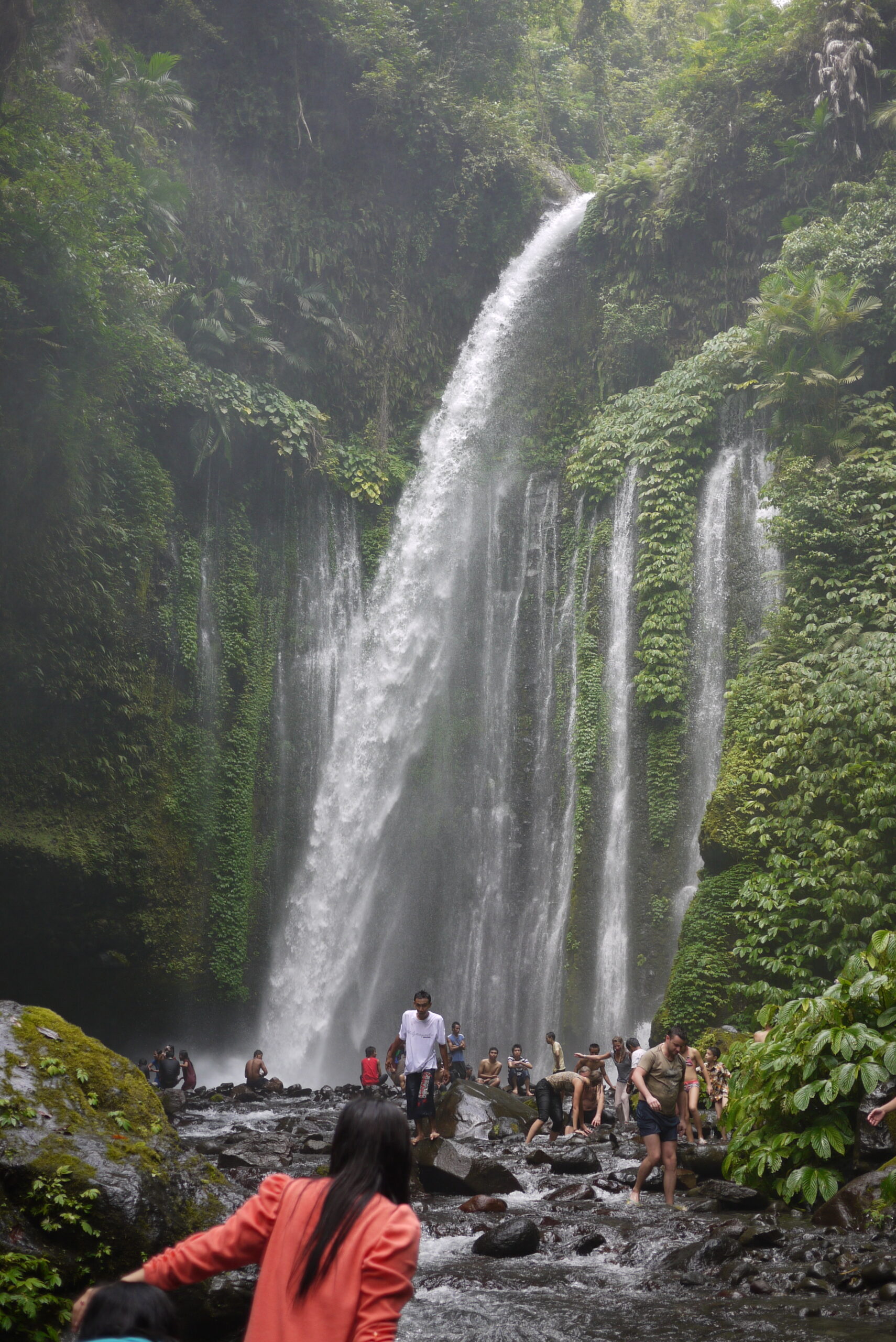100 Teaching Methods, tmo, Uncategorised |
Time needed: 5 – 20 min
Why? Modern latest technology is the future of the daily life. As sooner students get to know those things as easier it is for them to find effective orientation in those devices.
When? You can involve this any time in your lesson, for new researches, to lay fundamental basics for absorbed knowledge, provide interdisciplinary problem solutions etc.
How? If you start to work on a new topic, students love to search in the internet by self already in advance, use this chance and guide them to find out by self, in case of providing fundamental additional information, let them search by their own, its an ideal method to teach them self responsibility and force curiosity.
Any risks? There is no risk every student love to search in the internet because its nearly border-less entertaining and endless full of new knowledge from many different perspectives. Just one risk is that students get lost in the diversity of the internet, so they need a clear guidance and clear roles and structured research requirements. Don’t underestimate students with thinking they will misuse those time for private fun, this is also a part of understanding how to research, guide them correctly with clear specifications and than private fun plus educational needs are meeting in a productive very effective way.
100 Teaching Methods, tmo, Uncategorised |
Time needed: 10-15 min
Why? Students will be forced to think about a theoretic knowledge in a different way. Special visual and kinesthetic learners will be supported by this method.
When? Any time when the topic is introduced or special periods of interconnection are necessary.
How? Just give the students the task to draw a cartoon or comic or simply a painting including the taught knowledge.
Any risks? There is no risk just advantages, every child likes to draw and to produce and use absorbed knowledge in different unconventional ways. Just try it!
100 Teaching Methods, tmo, Uncategorised |
Time needed: 1 to 15 min.
Why? Singing is an emotional act. It creates bonding and a common ground for all activities. Singing comforts and singing is fun. Fun is better for learning.
When? Any time you feel like it’s time for a change in method. Try to have some songs in your repertoire, for different kind of age groups.
How? There are two possibilities. Either your students know the song already, then go ahead. Find a reason to sing a song – it could be any reason, even „just for fun“ or to start with a common activity. If your students don’t know the song, don’t be afraid to teach them. Line by line. You could write down the text to the whiteboard. Third possibility, it’s a song your students know and you don’t know. In this case: switch roles. Ask a student to become teacher and you will learn the song.
Any risks? If it’s only you who sings it’s not an act happening together. So choose a song which is adequate for your target group. Short and fun – long and fast, there are hundreds of songs out there.
100 Teaching Methods, tmo, Uncategorised |
Time needed: 10 to 30 min
Why? Newspaper and magazines provide up-to date information on current affairs. Articles used for learning link information of schoolbooks (past knowledge) to the present.
When? Whenever you read something you seem to be suitable for being read by your students, save it for later! This could be because of content or because of style.
How? Articles can be photocopied and made available for every student or articles can be read aloud by the teacher. You could also let students read the newspaper aloud – maybe one paragraph each student. Build follow up activities on the content, e.g. discussions or explanations.
Any risks? Articles used must be really good articles, either in terms of content or in terms of style. Best would be both. Don’t get stuck in one language only. Use different languages, this would provide an option to link learning content to foreign language teaching.
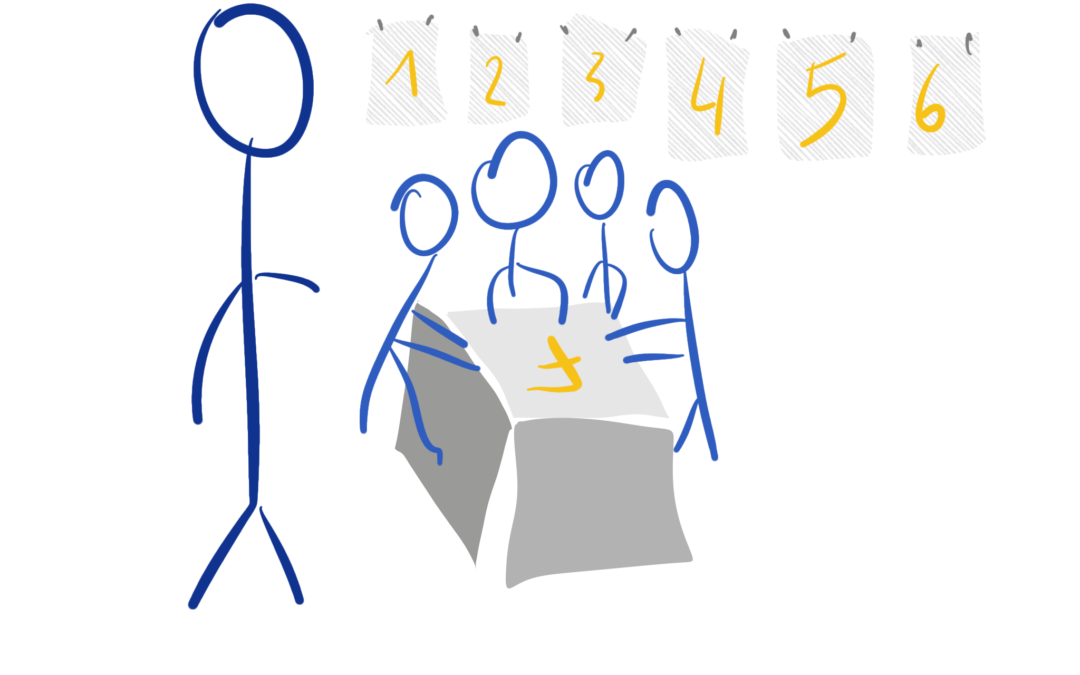
100 Teaching Methods, tmo, Uncategorised |
Time needed: 45-90 min
Why? Students presenting a topic learn an active way of dealing with content. This is necessary to develop sustainable knowledge.
When? Once in a time or regularily, presentations are possible in most circumstances.
How? Let students form groups and give them time to prepare content assigned by you or by themself. Help them to find out different roles for every member of the group. One is fine with drawing a poster, the other likes to describe a certain situation by telling a story, etc. Dont’t forget to let a group answer questions of their collegues after the presentation and provide feedback.
Any risks? If repeated and groups stay the same it can happen that personal development gets stuck and group presentations become a boring routine. Help your students to develop new skills and change roles within the groups. Make sure topics assigned to the groups are interesting and challenging. We don’t want to bore our students the hell out, neither as class, nor as goups. This is even more important when you want them to become actively involved.
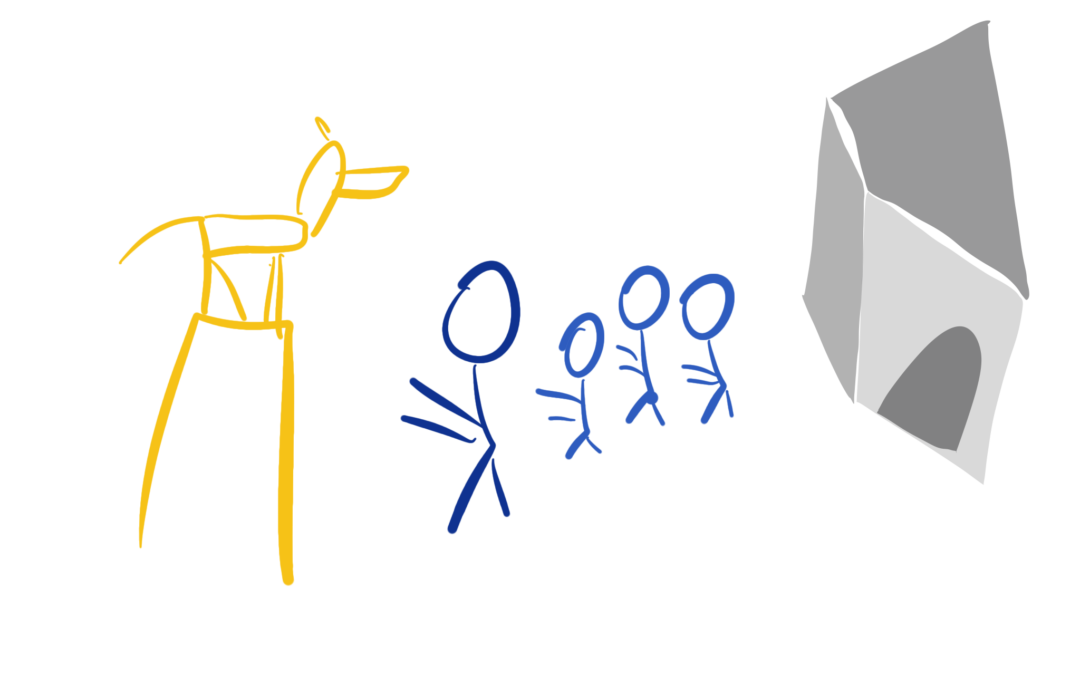
100 Teaching Methods, tmo, Uncategorised |
Time needed: 45-90 min
Why? Classrooms are the smallest common denominator of life. They are quite neutral places in order to study and learn. If you have the chance to do a walk-out though to visit a place where things „really“ happen, do it. It’s easier to learnn that way, and muuch more fun.
When? If interesting locations a nearby, it’s easy to visit them. Is could be a garden outside, a flower shop or an industrial plant grower, an botanical garden, or a walk in the jungle or forest. It could be a ride in the angkot or a viait to a museum. Let your local knowledge meet phantasy.
How? Make sure school administration knows well in advance about your plans. Sometimes lessions have to be shifted or combined if you need more time. Prepare students in advance for the walkout, or surprise them, it’s up to you.
Any risks? Visits of places outside the classroom should be embeded in the overall concept what you teach at what time. Walkouts should not just „happen“ becaues there is nothing else to do. Make sure you coordinate experiences of students in the lession after to gain the educational dividende for every student.
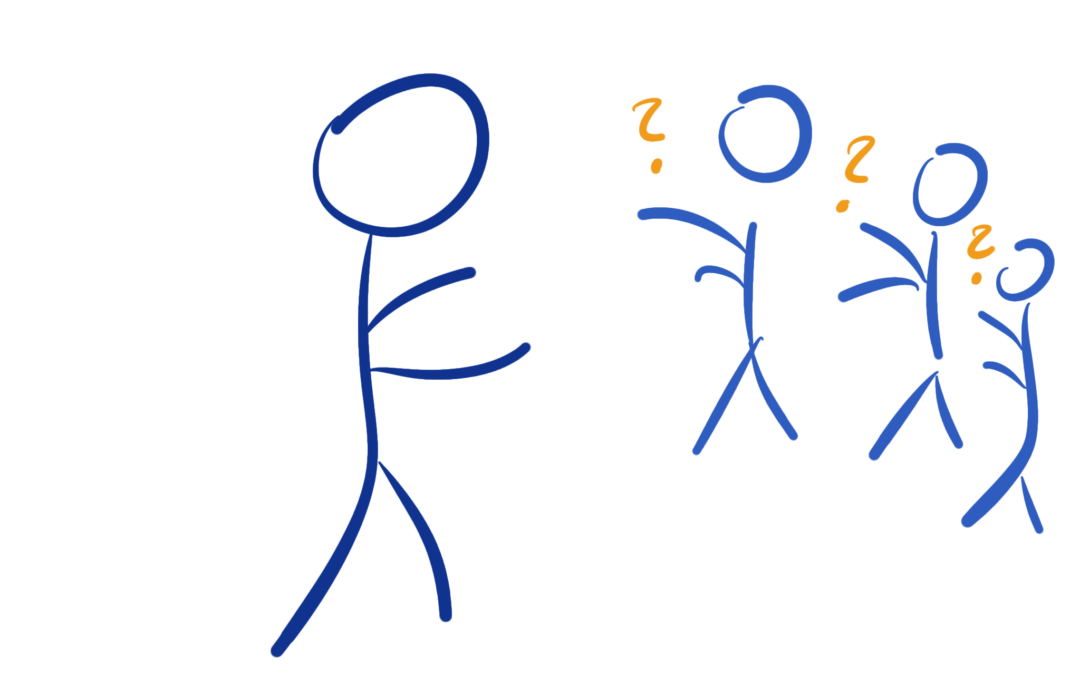
100 Teaching Methods, tmo, Uncategorised |
Time needed: 1 to 10 min.
Why? Kids ask numerous questions how the world is alike. In school this natural way of learning is sometimes neclected if teachers tell about the world without waiting for the need to do so.
When? Give students the chance to ask you questions about a certain topic after you made sure they are activated and engaged in this very field of knowledge.
How? There are more ways to let students ask questions. This could be their own questions, or they could be asked to ask questions instead of someone other, like „what would a pilot ask air traffic control when approaching airport?“, „what would a tourist ask when visiting your city for the first time?“
Any risks? If your anwer is too long or painful to listen to, students will stop to ask questions soon. Be short and precise, make it easy to listen to your anwers. I you don’t know the answer don’t be shy to tell – find out until next lession.
Beginner? Get a grip on relevant type of questions at the EnglishClub.
Spice up this method: Journalists ask questions to get information. They need those answers for the news. Set up a press conference to a certain „case“ you teach. Who, where, when, what, why – those questions should be adressed.
Do you want to share your experience?
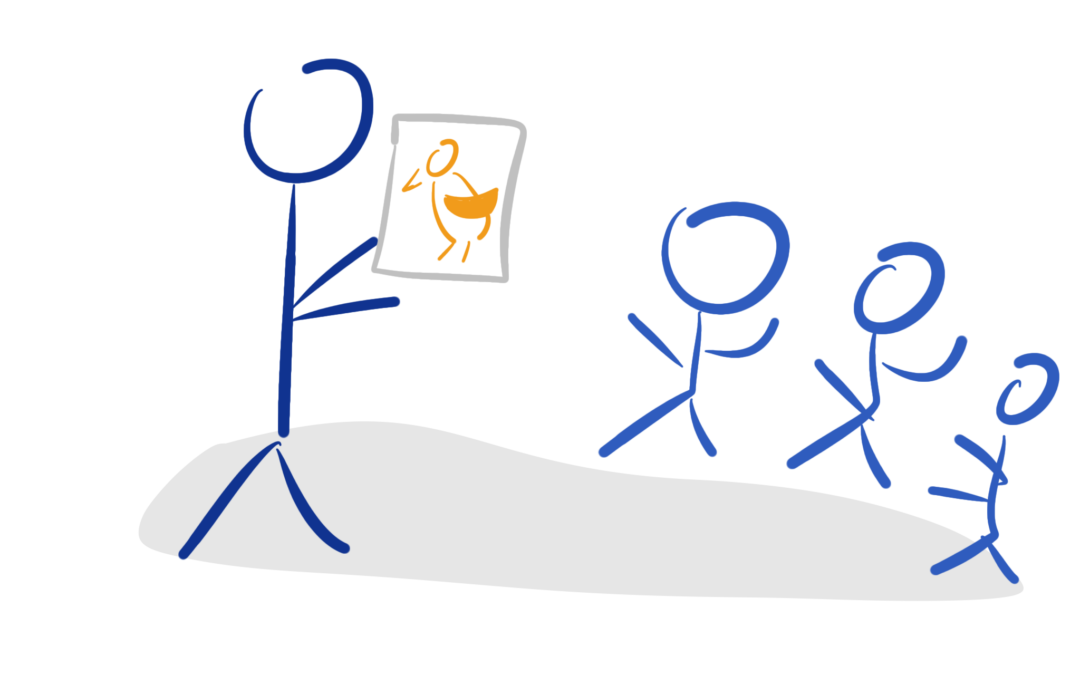
100 Teaching Methods, tmo, Uncategorised |
Time needed: 1 to 20 min.
Why? Sometimes it is hard to show a real object to your students. Especially if it is something like the Eiffel tower of Paris or a Bengali Tiger. Photos are an option if you want to show how something looks like.
When? Show photos when you want your students to visualize how something looks like.
How? The bigger the better if you show photos standing at the front. This means: DIN A4 (standard office paper size) the minimum, or use a beamer if available. You can nwLk through the isles or you can let students pass small photos through if there is anough time.
Any risks? Too small photos shown from the front, too less time if you pass them through, to bad quality could also be a drawback and always bear in mind: a photo is reality minus 1 dimension – they are flat, they don’t smell as the object they show and there is no time passing at the photo. Try to use 3D photos instead if you want try somethng out – this gives at least the third dimension back.
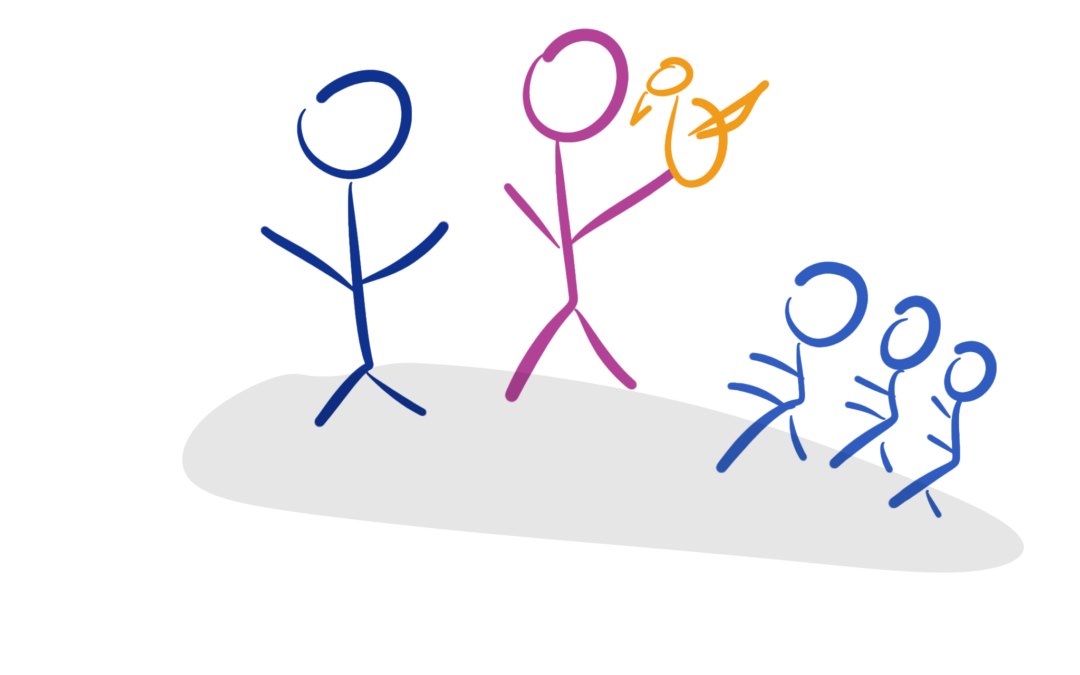
100 Teaching Methods, tmo, Uncategorised |
Time needed: 45 to 90 min
Why? First hand information is exciting and authentic. Guests will leave an impression and content they tell will create a big affect. It creates a lively, emotional atmosphere and gives your students the feeling of an open school.
When? Whenever you know someone to invite, do it.
How? You invite a person to come to your class. It could either be an expert, or someone famous, or someone who experienced something special. Give a short introduction and let her or him talk.
Any risks? Talk with your guest about content and procedure beforehand. Make sure she or he knows the target audience, your students, their age and background. Tell your guest if your students are familiar with the topic or not. Watch out for any political agenda the person might have and prepare students for that.
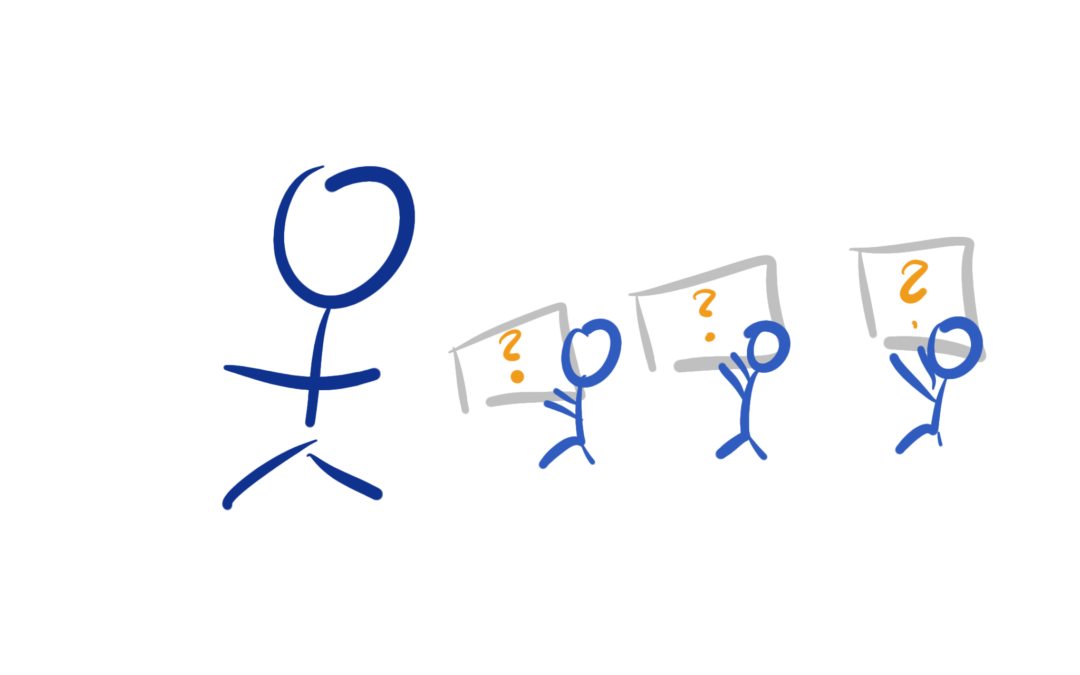
100 Teaching Methods, tmo, Uncategorised |
Time needed: 1 to 5 min
Why? Developing questions help to explore the space occupied by the topic. It prepares its expansion.
When? Right after introducing a new topic or any time during the learning process students can start thinking what they would like to ask.
How? After giving an introduction to a topic, you ask students to think about questions they have towards this topic. They write them down to be asked then during the learning process. Many of them are answered during the. Walk around at look if someone needs assistance.
Any risks? Make sure students know whether they should find questions for themselves or for other people. They should know if they want to expand their own mind, or create a mind space for others.
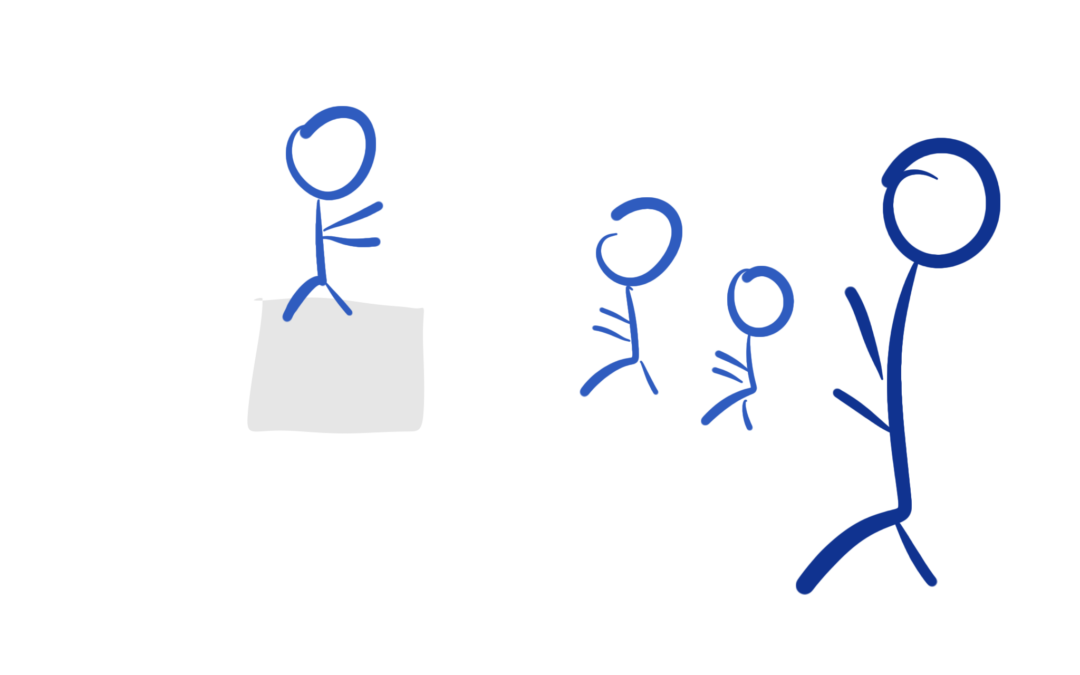
100 Teaching Methods, tmo, Uncategorised |
Time needed: 1 to 5 min
Why? Telling a story themselves encourages students to articulate their thoughts and make their inner world accessible by narration.
When? Once a lesson would be excellent.
How? First a topic of the story is discussed and agreed on. Then your student tells the story. No need to be funny. Nevertheless some humor is fine.
Any risks? Make sure every student gets the chance to tell a story. Some storytellers are better than others. Some need more time and concentration. Some need to prepare, others won‘t. In any case create a setting which enables your students to listen carefully. Storytellers should only talk when audience is listening.
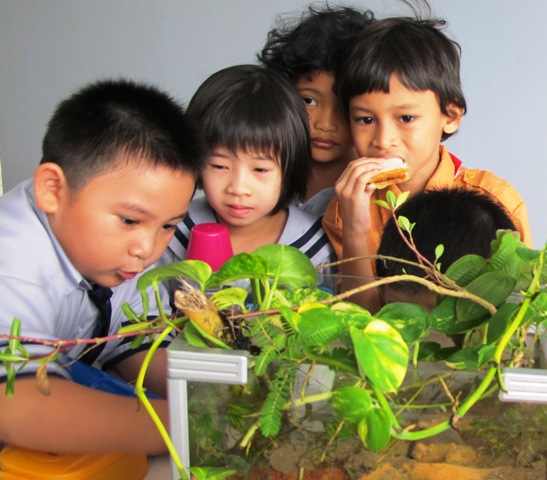
Featured, tmo |
What is a genius idea?
That’s an idea how to improve teaching, learning or class situation. This idea has been tested, improved and found „genious“. Usually it is something students tell at home their parents and teachers tell other teachers.
How do I develop a genius idea?
Time needed: 0 to 1000 min.
Refer to something you like or you would like to improve. Think about the others: will they like it too? Is it good to them? Identify a way how to make it possible for others. Find risks and obstacles and deal with them accordingly. Make sure your idea gets alive and develops. Try to evaluate if your idea is alive and useful. Communicate it to others and be happy if it works! If not try to evaluate the problems and try to implement an adapted version – or a new idea – next time. Doing that you develop a variety of great ideas and many methods how to make them live.
Would you like to share your genius idea
tmo@phyx.at
Example
There was a teacher who saw that frogs were growing in the still-water behind the pool. He wanted to show students how frogs develop.
He organized a little aquarium, put rocks and plants in it and caught some little frogs.
Day by day students can now observe the development of the little pollywogs and draw it in their books.











